All tennis shoes brands
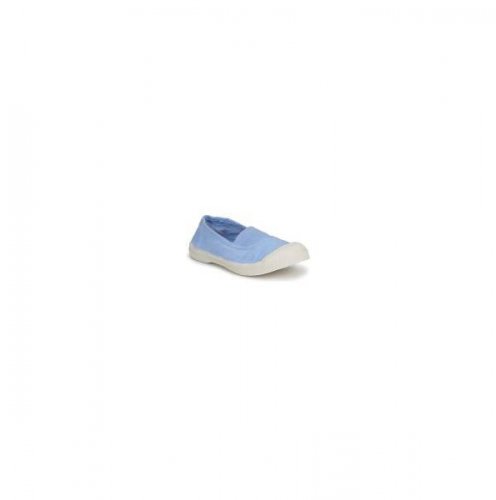
Shoes have come a long way since 1974 when Nike introduced the “Waffle Trainer, ” the first athletic footwear designed and marketed for the recreational runner.
In the 40 years that followed, running-shoe technology has become big business. Every year the major manufacturers — and there are now more than a dozen — compete for a piece of the running market.
Since 1990, the number of Americans competing in running events has more than tripled. They all have at least one thing in common: They need shoes.
“The running industry is like a big pie, ” said Mary Paige Price, manager of the Fit2Run store in St. Petersburg. “Shoes are just one piece of it, but a very big piece.”
Walk into one of the bigger specialty running stores and you’re confronted with more than 100 different shoe models, from minimalist racing flats that weigh just a few ounces to heavily padded stabilizers designed for runners coming off an injury.
“There is no one size fits all, ” Price said. “Even somebody who has been running in the same brand or model of shoe might have their needs change. That is why it is so important to get re-evaluated each time you buy a pair of running shoes.”
Many weekend warriors run in the wrong shoes. They may go years without a problem, but sooner or later, that lack of attention most likely will lead to injury. If you are thinking about trying a 5K, the first step — even before you buy shoes — is to check with a doctor, especially if you have never run before or have not been active in years.
Three categories
Once you get the green light, understand that most running-shoe manufacturers offer many styles. Picking the one that’s right for you is where a professional fitting can come in.
If you shop at a big-box sporting-goods store, the kind that sells everything from fishing rods to catcher mitts, you’ll probably pick your shoes off the rack without much consultation. You may save yourself $20 or $30, but you might also be buying trouble if you don’t understand what you need in a shoe.
Running shoes fall into one of three categories.
• “Neutral” shoes designed for the runner with no apparent problems.
• “Control” shoes, ideal for runners who need added stability — for example, if a gait analysis shows that your foot rolls inward (pronation) or rolls outward (supination).
• “Support” shoes, ideal for runners who might be coming off an injury and need more padding.
“The best way to tell what kind of shoe you need is to put somebody on a treadmill and videotape the way they walk or run, ” Price said. “And as people improve their form, their shoe needs can change.”
You might also like

|
adidas Performance Women's Barricade Court W Tennis Shoe, White/Red/Onix, 5.5 M US Shoes (adidas Footwear)
|
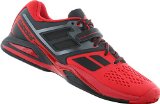
|
Babolat Propulse Bpm All Court Mens Tennis Shoes (Black/Red) (8.5 D(M) US) Shoes (Babolat)
|
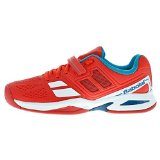
|
Babolat Kid's Propulse BPM All Court Tennis Shoe-3 M US Big Kid-Red Shoes (Babolat)
|
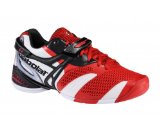
|
Babolat Propulse 3 Roddick Mens Tennis Shoes Red/Black/White Size: 14 D(M) US Shoes (BABOLAT)
|
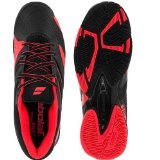
|
Babolat 30S1300 V-PRO 2 AC M Black/Red Tennis Shoes size 11 Shoes (Babolat)
|


